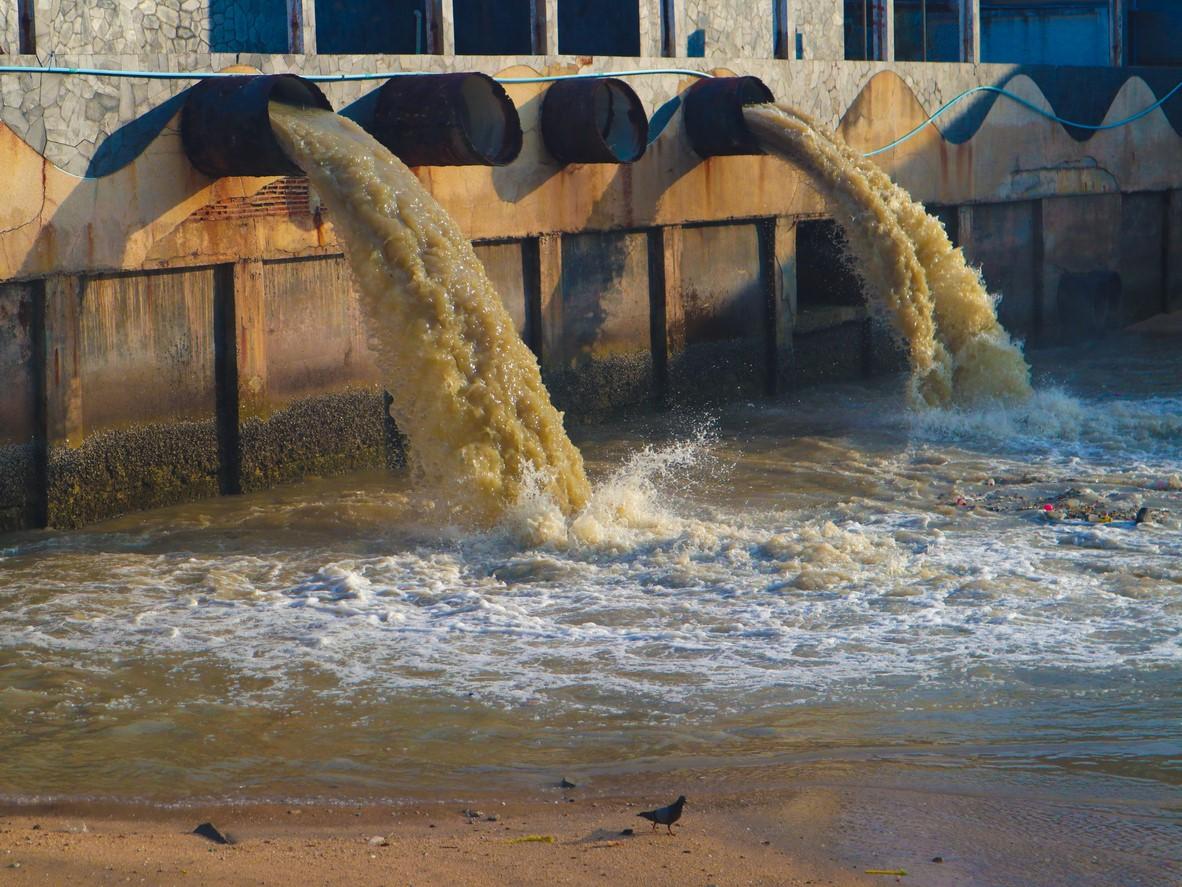A coalition of companies representing the pharmaceutical, biotech, and diagnostics industries today released new guidelines to help antibiotic manufacturers limit the release of antibiotic manufacturing waste into the environment.
The Antibiotic Manufacturing Standard, developed by the AMR Industry Alliance in collaboration with the British Standards Institute (BSI), provides guidance to antibiotic manufacturers to help ensure that their products are made responsibly and don't contribute to the risk of antimicrobial resistance (AMR) in the environment. The document marks the formalization of a framework the Alliance developed in 2018 to set industry standards for discharge of active pharmaceutical ingredients (APIs) from antibiotic manufacturing sites.
"Antimicrobial resistance is one of the biggest public health challenges of our time. Our Alliance's Standard launches the next chapter of responsible manufacturing throughout the global antibiotic value chain," Thomas Cueni, Chair of the AMR Industry Alliance and Director General of the International Federation of Pharmaceutical Manufacturers and Associations, said in a press release.
Growing concern over environmental antibiotic pollution
The guidelines were developed because of growing concerns that the release of antibiotic-laced wastewater into the environment from manufacturing sites is contributing to the emergence of AMR in environmental bacteria.
Although direct links between AMR in the environment and drug-resistant infections in humans have yet to be established, and healthcare settings are also known to be a significant source of environmental antibiotic pollution, the AMR Industry Alliance and other groups have been pushing for more regulation of API emissions to address the role of antibiotic manufacturing.
A major focus of these efforts is in India, which, according to a recent report from the Center for Infectious Disease Research and Policy's Antimicrobial Stewardship Project (CIDRAP-ASP), is home to at least 40 API manufacturing plants. These plants produce APIs in bulk and release the unnecessary byproducts as wastewater into local rivers and streams.
The CIDRAP-ASP report highlights research by Indian environmental groups that has found strains of multidrug-resistant bacteria and high levels of antibiotics in waters near antibiotic manufacturing sites, which are clustered in hubs around India. In response, several pharmaceutical companies with manufacturing plants in India that belong to the AMR Industry Alliance have committed to a "zero liquid discharge" practice that aims to minimize pollutants discharged into waterways.
To bolster these efforts and establish a general set of principles around the issue, the Antibiotic Manufacturing Standard requires that antibiotic manufacturers have an effective environmental management and wastewater treatment system that minimizes API discharges in wastewater. It also calls for the antibiotic concentration in manufacturing wastewater to be less than the predicted no-effect concentration, which is defined as the level below which adverse environmental effects are not expected to occur.
The AMR Industry Alliance and BSI say they also plan to develop and launch a certification scheme in which an independent third party will determine that manufacturing plants are meeting the requirements of the standard.
The standard and the subsequent certification scheme "will build much needed global awareness, encourage decisive actions, and provide an external, independent assurance mechanism, leading to a new model of transparency for the industry," BSI Global Director of Healthcare and Life Sciences Courtney Soulsby said.























